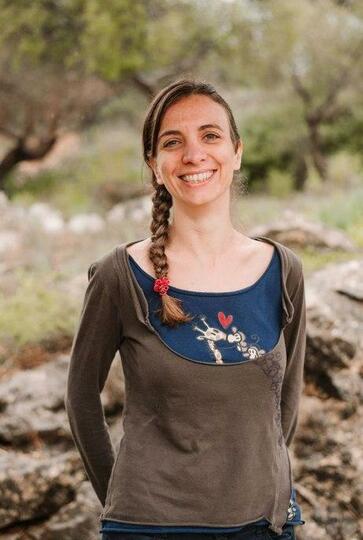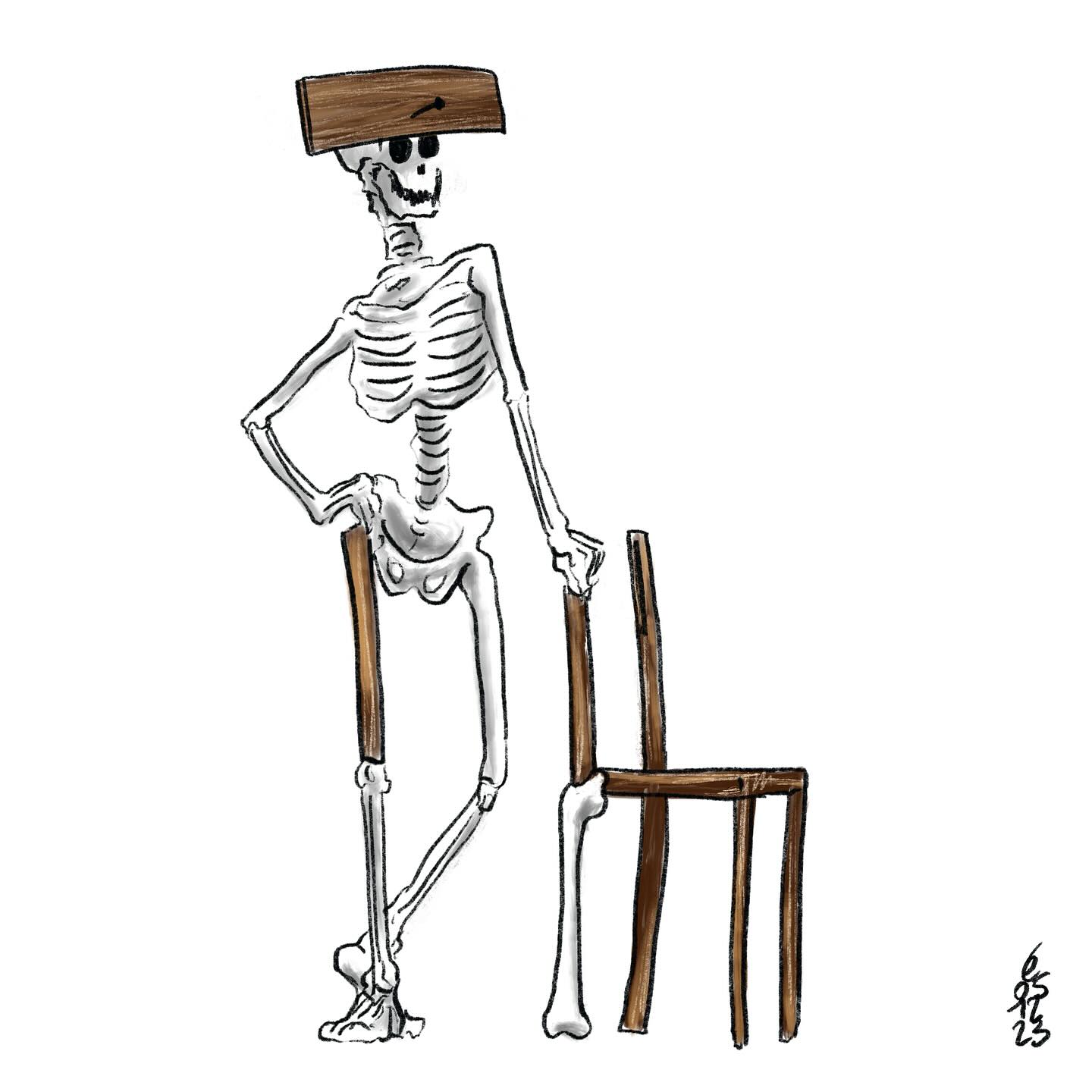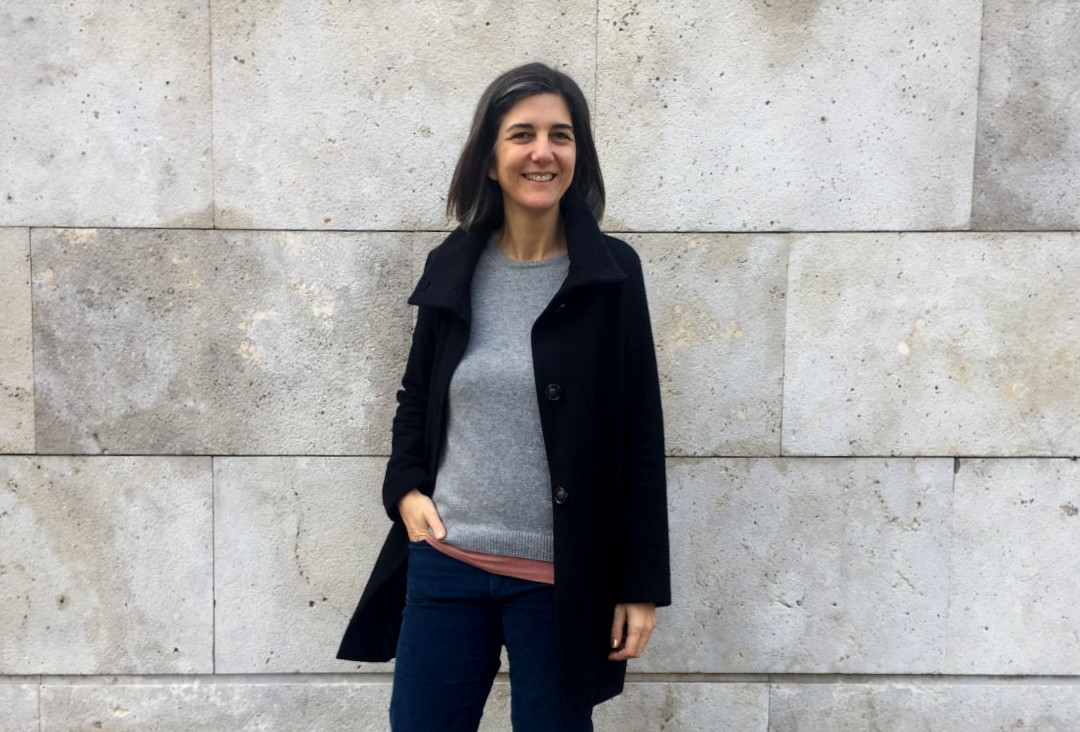
Like an octopus, the digital sphere grabs every day more aspects of our personal routines, as well as our professional ones. Citizen participation is also incorporating tools to digitally accompany processes. Thanks to platforms like Decidim, a large number of people can access, follow, and participate in participatory processes and citizen initiatives that are developed within a specific area. Not everyone can open the door to enter the digital world because, for some, the seas of the digital world are still unknown. There are those who distrust the tides or have never even seen the sea. This, in other words, is the digital gap.
In this article we focus on the situation women face within the digital gap in terms of our inclusion and belonging in digital participatory spaces. Are the spaces accessible and close to us? Do we feel comfortable within them? Are them ours?
Why do we think this question is relevant?
The digital gap reproduces exiting social, economic, political, and cultural inequalities. This means that, the more common the new technologies are in our personal and professional daily life, the greater the inequality that the digital divide produces and reproduces (1).
When we include a gendered perspective, we are capable of analysing the difference that exist in access and use of the internet by women and gender dissidents. Inequalities remain and the balance is still tipped in the direction of the usual suspects. For this reason, it is necessary to generate a processes for citizen empowerment with a gender perspective, through which women and gender dissidents are accompanied in making the digital sphere their own, so that they can take charge, transcend the role of receivers and become (co-)creators of digital spaces (3).
Finally, it is worth noting the lack of data and studies on the inclusion of dissident gender identities in digital participation. In fact, in none of the publications consulted is this group mentioned, always taking the woman-man binary as a reference. Although in this article we are not going to focus on this group, we sow the seed for reflection and future analysis.
State of the art
The gender digital gap
A study in 2016 titled ‘The Digital Divide in Barcelona’ performed by Mobile World Capital Barcelona states that the “the city is on a level with Nordic countries regarding the nonexistence of a digital divide and the high degree of internet usage by both sexes”. This could be a good title for a segment but it only shows one side of the story. Although quantitatively people from Barcelona access and use the internet in similar proportions, we aim to dig deeper and nuance the concepts of “access” and “use” to give a critical eye and ask: is the digital gap in Barcelona really nonexistant?
Let’s look at “access” first. This concept has multiple dimensions: motivational access, which is related to a person’s interest or need to connect to the Internet; physical or material access, which refers to the infrastructure (hardware and software) that allows for connection; access to digital skills, which is related to digital literacy and the ability to deal with new technologies; and social access, which refers to the economic, organizational and cultural factors that condition Internet access, such as accessibility, language, available content or the amount of free time without productive or reproductive responsibilities to attend to. Of all these levels, it has been shown that the one that distinguishes significantly between women and men is access to digital skills (1), being a key element in the widening of the gender digital gap.
Digital skills are those that allow us to use, appropriate and participate in the design and development of new technologies. In this sense, unequal access to such skills — digital literacy— conditions women’s position in the digital world, and they are often relegated to the role of mere recipients. In the article “Digital gender gap: women and new technologies” (3), Monica Arenas states that “not only does inequality break with equal access to knowledge, but it is necessary to position women in the process of creating it”, and adds that to balance the balance “it is necessary that women become users, creators and transmitters of information and knowledge through new technologies”.
A 2018 study, “The ICT Ecosystem from a Gender Perspective in Barcelona” (4), analyses the role of women in the creation and design of ICTs in different areas of the city. The study describes how “gender roles operate on educational processes promoting the digital divide, through reproduction processes by which men, since they are children, receive more stimuli than women to engage in technology-related fields”. Consequently, it confirms “the under-representation of girls and women and the reproduction of gender inequality in the strategic sectors of education, research and employment related to engineering and ICTs in Barcelona, both in terms of access and in terms of their design and uses”. This study reveals the cross of the coin and shows that, although quantitatively women and men access and use the Internet in similar proportions, the impact that both have on the networks (conditioned by the digital skills acquired) determines and widens the gender digital gap in the city of Barcelona.
This brief overview also shows that it is necessary to use a magnifying glass and a shovel when analysing inequality gaps. A magnifying glass to find the cracks that are hidden under the quantitative mantle of equality; a shovel to delve into the fissure and discover the iceberg that lies beneath the numbers and the good headlines.
Women in digital participation spaces: the data
A study carried out in the United States in 2019, “The Gender Gap in Online News Comment Sections” (2), has analysed the participation of women and men in news commentaries on various digital portals. The study reveals that women tend to comment less than men on articles that refer to the state, national and international level. At the local level, the dynamics are changing and women are more involved. In conclusion, the study suggests that the origin of this gap is a product of women’s political socialization and, therefore, of the perpetuation of gender roles: they are in charge of the private (local) space while they continue to be the owners of the public sphere.
The 2016 study on the digital divide in Barcelona (5) highlights that 27% of women claim to be involved in social, associative or neighbourhood movements via the Internet, compared to 24% of men. Apparently they are more involved in digital spaces of participation. However, a brief analysis of digital participation in a process in the Gracia neighbourhood has been carried out (6) and it has been observed that users who identify themselves with a name commonly associated with women tend to make fewer proposals than those who identify themselves with a name associated with men. The proportion of comments and endorsements of the proposals is similar. On the other hand, the initiative “Let’s re-municipalise Barcelona” (7), which has gathered more than twenty thousand votes in person, shows in the comments a greater participation of users who identify themselves with a name commonly associated with men.
Data on women’s participation in the digital platform of participatory democracy Decidim-Barcelona are scarce and do not allow for solid conclusions to be drawn. However, the few data presented point to a trend that needs to be taken into account and analysed in depth: men tend to be more active and make more proposals than women, who prefer to comment on and adhere to existing proposals. Men propose, women support, do gender roles continue to be perpetuated also in the digital sphere?
The story of Now: how do we at Platoniq try to answer the question
Are the spaces for digital participation accessible and comfortable for us?, we asked ourselves at the beginning. Although in Barcelona most women have access to a device with an internet connection, this does not mean that we are able to access these spaces. As we have seen, the acquired skills condition our navigation through the digital seas and limit our incidence and participation in them. Moreover, these are seas full of dangers: we are constantly alerted to sharks willing to tear out our data and privacy, jellyfish that attack with hateful comments and viruses of all kinds. How can we venture without knowing how to navigate?
Nevertheless, we sail. Even if we don’t feel comfortable or safe, we grab the boat and jump in. And although the sea has no limits, there are spaces historically “of men” in which it is difficult for us to be part of it and to be proactive. They are, above all, the spaces of political participation.
Do we feel these spaces are ours?, we question ourselves. As we have seen, as long as women and non-hegemonic groups are not (co-)creators of the digital space, it will be difficult for us to feel that the spaces developed there are ours. They will continue to be their spaces to which we adapt: to their dynamics, their rhythms, their structures, their language. It is time to grab the shovel and dig deep: perhaps the question is not in the participation figures of one or the other, but in the essence of the spaces that are created to participate: do they include us all?
From Platoniq, we question and investigate how the foundations of participatory spaces should be. We are, on the one hand, in the continuous development of the “Safe(r) Spaces” framework, a framework that, based on structural discrimination, seeks new ways of generating communities and plural voices. On the other hand, we are developing a training manual for facilitators of participatory processes with a gender and digital perspective, in which, based on the direct experience of organizations and communities, good foundations can be established for the construction of more plural and inclusive spaces for participation — physical and digital.
More questions for reflection and analysis
- If we improve the gender digital divide, will we improve citizen participation?
- Is there a specific style of participation for socialized groups of different genders?
- If women from different districts, ages, cultures, economic and empowerment levels designed a methodology of participation processes, would they use digital technology?
- Are the spaces for digital participation close, friendly and accessible to women?
Call to action
If you have experience or information on these issues that will help us to better understand the needs and therefore to write a better training manual for participation facilitators, please contact us! We want to meet and talk to you. You can find us at info@platoniq.net.
References
- Chang, Younghoon & Shahzeidi, Mehri & Kim, Hyerin & Park, Myeong-cheol, 2012. “Gender digital divide and online participation: A cross-national analysis,” 19th ITS Biennial Conference, Bangkok 2012: Moving Forward with Future Technologies — Opening a Platform for All
- Duyn, Emily & Peacock, Cynthia & Stroud, Natalie. (2019). The Gender Gap in Online News Comment Sections. Social Science Computer Review.
- Arenas Ramiro, Mónica (2011). Brecha digital de género: la mujer y las nuevas tecnologías. Anuario de la Facultad de Derecho (Universidad de Alcalá), 2011, no. 4, p. 97–125. ISSN 1888–3214
- Eticas foundation (2018). El ecosistema de las TIC desde la perspectiva de género en Barcelona // L’ecosistema de les TIC des de la perspectiva de gènere a Barcelona. Ajuntament de Barcelona, Departament de Transversalitat de Gènere.
- Mobile World Capital Barcelona (2016). The Digital Divide in Barcelona. Barcelona: Mobile World Capital.
- Ajuntament de Barcelona. Patrimonio de Gracia: proceso participativo para incidir en la protección de los elementos patrimoniales arquitectónicos y naturales de Gracia. Proceso de Decidim Barcelona: https://www.decidim.barcelona/processes/patrimonigracia?locale=es.
- Associació Catalana d’Enginyeria Sense Fronteres. Remunicipalicemos Barcelona: solicitar la celebración de una consulta ciudadana. Iniciativa de Decidim Barcelona: https://www.decidim.barcelona/initiatives/i-1?locale=es






